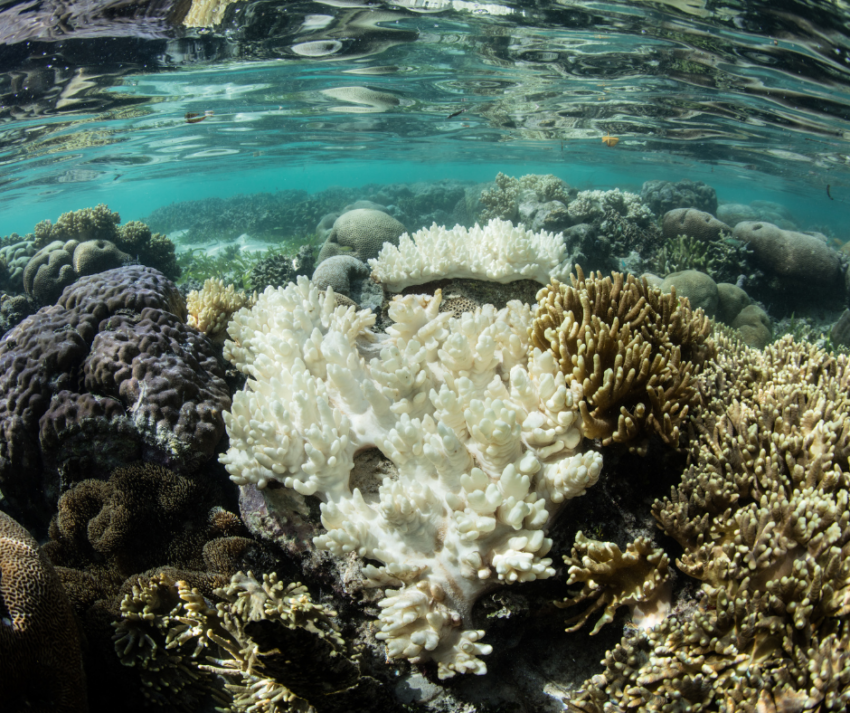Coral Reefs Are Threatened

Mass bleaching caused by climate change continues to threaten coral reefs all over the world. Do you know what causes these problems? If you guess Global Warming, you are correct although there are other major contributions besides the heat. Find out what and how Coral Reefs are bleached and threatened.
Number 1 Coral reefs threats : climate change
We are getting longer and hotter summer. The climate is changing and is heading down a road that can destroy some of the most beautiful nature we know today. Marine scientists, divers, and many others are starting to worry about the current global coral bleaching event. Temperature stress might be the biggest coral reefs threat and main cause of bleaching. Climate change in general and El Niño events press the temperature to raise even higher. The future of our beloved coral reefs is not quite so bright. But on the bright side, there is a lot you as a diver can do to keep the coral reef alive. To start, let us inform you of the coral reefs threats that are facing the reefs.
When the corals get stressed
A lot of things can stressed out the corals because they are extremely sensitive. What could seem like small impacts to us humans, can be fatal stress factors for the coral reefs. Pollution, sedimentation, disease, and physical impacts like touch can be very harmful to the corals because of the stress it causes. Mostly we associate the bleaching of the animals with temperature stress. It can because if the surrounding waters are higher or lower than their maximum range, 68 to 89 F (20 to 32 C).

Coral bleaching
If conditions become too hot or too environmentally stressful in another way, the coral will expel the zooxanthellae. Zooxanthellae provide the coral their rich colors and 80 percent of their nutritional requirements. When corals become too stressed, their mutually beneficial relationship with photosynthetic algae gets a bit rocky. These algae are called Zooxanthellae ad it lives in their tissues. Without these algae, the coral polyp is transparent, and we can see its white calcium-carbonate skeleton. This skeleton is what we mean when we say a coral is “bleached”.
Coral animals that appear bright-white are still alive, however on an extreme diet. The reason why it is stressed out is caused by the coral’s ability to catch food. Bleached corals are only able to catch 20 percent of the needed food. If the problem is solved in time, the coral will accept zooxanthellae back into their tissues and slowly turn back into a beautiful coral. However,, if the stress is not removed in time, the coral will die, and the body will be overgrown with algae. The algae will cause problems by covering the skeletons and make it impossible for new coral recruits to land on the coral and live. If this is not a one-time event and it keeps happening, we will start seeing an ecological shift from coral to algae-dominated reefs. Which, therefore, means much lower biodiversity.
What can we do?
As divers, let’s make sure that we are diving responsibly and use eco-friendly sunscreen. Check out our blog on how to be an eco-friendly diver. In the meantime, make sure you check our diving sites here. We will show you the world underwater and will make sure that your trip is sustainable.